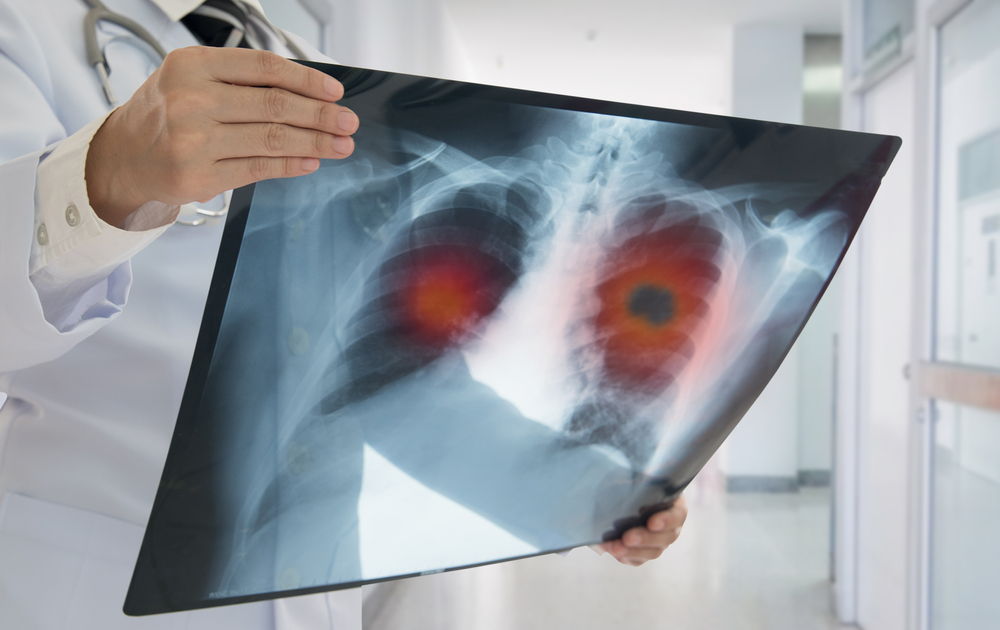Lung Cancer can be very difficult to treat. Many patients are older and not strong enough to risk surgery to remove lung tumors, which limits their treatment options.
This was the case for 69-year-old Robert Tumanic. Robert was diagnosed with early-stage lung cancer in both lungs and suffered from COPD, also known as Chronic Obstructive Pulmonary Disease which greatly diminishes normal breathing.
For patients like Robert, surgery is not an option, however CyberKnife Radiation Therapy is very effective at treating the disease. CyberKnife, also known as Stereotactic Body Radiation Therapy (SBRT) or Stereotactic Ablative Radiotherapy (SABR) is often their only and best option because it is non-invasive. Lung Cancer is one of the most common cancers treated at CyberKnife Miami.
What Is Stereotactic Body Radiation Therapy?
SBRT delivers the most precise high dose of radiation beams to tumors anywhere in the body destroying them. It’s used on a wide variety of tumors and sizes, including the Pancreas, Liver, Brain, Spine, Prostate, Breast, Adrenal Glands and many more.
SBRT systems like the CyberKnife use missile guided technology so they can follow the tumor as the patient breathes normally, targeting and hitting only the tumor site, leaving surrounding healthy tissue unharmed greatly reducing the risk of side effects.
Robert explains his experience with the SBRT, “It was scanning me in real-time, so it would find the tumor and position the radiation head to shoot the tumor.”
Depending on the size, stage and location of the tumor, the number of treatment sessions can vary but usually require only 1-to-5.
During treatment, patients lay comfortably on the CyberKnife table, in their own clothes and listen to music. Each session takes about an hour and most patients don’t feel anything and suffer few if any side effects, such as nausea or fatigue afterwards. If they do, they subside quickly.
CyberKnife’s extremely precise targeting capability allows the device to deliver higher doses of radiation in far fewer treatments than traditional radiation therapy with a success rate of 90% or higher.
Are There Risks For Treating Lung Cancer with CyberKnife?
Every patient is unique and therefore so are their results. However, most patients do not experience any side effects following CyberKnife treatment.
Additionally, if a tumor comes back or more show up CyberKnife can be used again to treat and is often used when other treatments have failed. Several months following CyberKnife treatment, another lung tumor showed up and Robert underwent another round of SBRT.
Today we are happy to report Robert remains cancer-free.
If you or a loved one cannot undergo surgery or don’t want to and are looking for an alternative cancer treatment that is non-invasive, faster, easier and has a high success rate, talk to our cancer experts at the CyberKnife Center of Miami to see if we can help you 305-279-2900 and go to our website now to learn more www.cyberknifemiami.com

